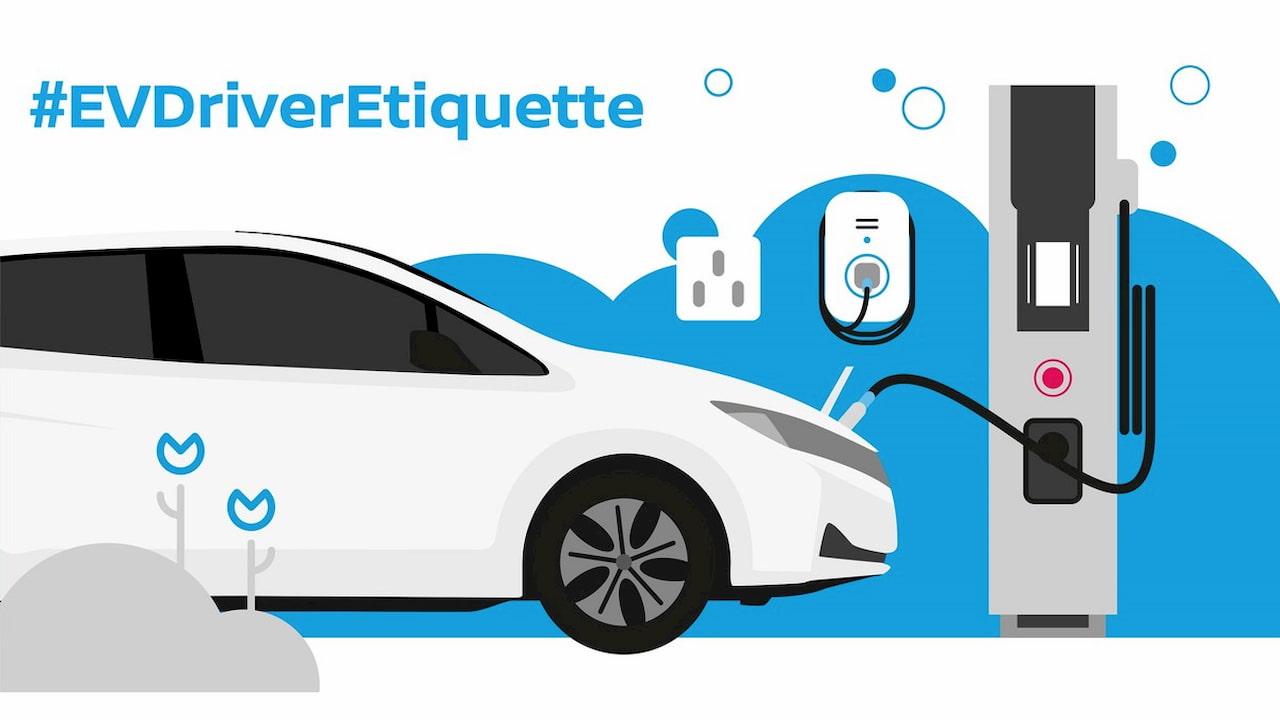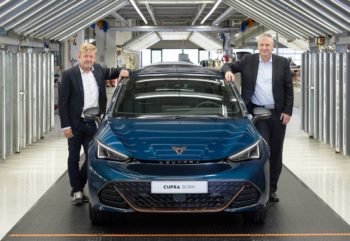Given Nissan’s extensive experience in electric mobility with well over 500,000 units sold worldwide, the company has written the Nissan EV Driver Etiquette which contains a series of simple and insightful tips to help electric car drivers connect better with their EV. It educates an EV owner on how to care about fellow EV drivers. The Electric car market in Europe alone grew by 68.4% in total sales from January to April this year. Thus, as more EV drivers join the electric revolution, it is important to learn new habits for the greater good and image of the EV community.
Brice Fabry, Zero Emission & Ecosystem Manager at Nissan Europe believes the electrified driving experience is constantly evolving as technology develops, so the established rules of the road may not always be the case for electric vehicles. This list of provided by Nissan is useful for upcoming and even seasoned EV drivers, and can be adopted by any EV user.
Sharing is caring
You could share your knowledge of local public charging points and recommending your friends the best charging centres around your locality. Use forums or even the Nissan Charge app to spread useful EV information to help everyone in the EV community to plan long journeys without hassles.
Consider your fellow EV enthusiasts
It is very important that we all continue to be kind and considerate to others. One shouldn’t disconnect chargers from EVs while it is at use. Since 88% of people prioritise charging at home, consider sharing your charging socket if there is an urgent need.
Avoid ICEing and a frosty reception
You should be conscious of other EV drivers while charging. Once you’ve completed your charging, make a way for others immediately to do the same and not create a hassle by making them wait. At a public CHAdeMO rapid charging point, you can charge a 40kWh Nissan LEAF from 20% to 80% in just 60 minutes and the 62kWh LEAF e+ in 90 minutes. Therefore plan your charging accordingly.
Take good care of the battery
Avoid using your EV at low battery level for an extended period. This might cause battery efficiency to reduce and minimizes driving range. It is also recommended to park in a closed area to maximize range.
Plan your recharge
If you are planning a long drive, pick out all the available charging points along your journey. There are some ways to do this, besides relying on memory. The Nissan Charge app (or the app that is prescribed by the car manufacturer) provides the price and details of charging points in real-time, allowing your journey to be flexible. In average, it costs around €2 per 100 km to charge a Nissan Leaf (in the European market), so you can chart out a route accordingly.
Don’t need much power? Leave a friendly note
It is a good idea to keep the next EV driver waiting for charging his EV updated about your charging status, to let them know how long it will take you to charge and at what time you’ll be coming back. We all need to use public EV charging services in a responsible manner so writing a note saying you’re happy for the next EV driver to unplug your car is guaranteed to put a smile on their faces.
Check tires and driving settings
To maximise range and efficiency, turn on your car’s energy-saving modes and ensure your tyres are inflated to the manufacturer-recommended level. Running a low pressure in your tyres will cause more friction thus demanding more power to move. You can increase the efficiency of your electric car with a couple of ways. Choose the ‘Eco’ Mode to optimise your journey for city driving (or the equivalent setting). Nissan’s e-Pedal technology that can accelerate and decelerate using one pedal employs regenerative braking and allows the car to charge on the go. Activating the Leaf’s B mode further increases the intensity of the regenerative braking, providing more energy on the move.
Explore the range of available charging options
Your electric car remains idle most of the time and you can use it to charge with an installed wallbox at home. Else, you can effortlessly charge your electric car wherever you can access mains power, on the go. Hence figure out in advance how much power and time you can use to charge up your EV.
Look after your local EV charging points
Public charging centres should be responsibly used, just as you would take care of charging sockets at home. Take care of your local public charging stations to ensure it operates faultlessly. This would ensure everyone has a hassle-free EV charging experience.


![New Tesla Roadster torquier than Plaid, hints Elon Musk [Update]](https://electricvehicleweb.com/wp-content/uploads/2020/05/2022-Tesla-Roadster-press-image-350x197.jpg)
![BMW i7 to arrive in 3 variants similar to iX SUV [Update]](https://electricvehicleweb.com/wp-content/uploads/2022/02/BMW-i7-front-350x219.jpg)
